- Description
- Additional Information
- Documents
CE marking for transparent noise barriers: requirements && Responsibility
Noise barriers along roads must be CE-marked according to the EN 14388 standard, regardless of whether they are made of wood, aluminum, glass, or plastic. The only exception is barriers erected on site from loose wood. However, if the elements are produced in a factory, the CE marking absolutely necessary.
Who is responsible?
Even if the tender documents do not contain a clear requirement for CE marking, it remains an essential legal requirement. Contractors and suppliers must ensure that only CE-marked noise barriers are installed. Installation without CE marking is not permitted.
What does the CE marking mean?
The CE marking indicates that products have been tested or calculated according to specified conditions. However, it is not a guarantee of quality or compliance with the client's specific requirements.
Do noise barriers have to be CE marked?
Yes, all noise barriers manufactured in the factory must be CE marked.
Is it permitted to install noise barriers without CE marking?
No, the installation of noise barriers that do not have the CE marking is not permitted.
Are there any exceptions to the CE marking requirement?
Yes, noise barriers erected on-site from loose timber do not require CE marking. However, all other prefabricated barriers must be CE marked.
Which standard specifies the requirements for CE marking?
The requirements are regulated by the EN 14388 standard, which comprises 14 different standards. These standards include various test methods and classes necessary for correct CE marking.
What requirements should a noise barrier meet?
The EN 14388 standard defines "acoustic elements" for noise reduction and "structural elements" for load-bearing capacity. The most important requirements include:
- Sound absorption (EN 1793-1): Test values are specified in categories A0-A4, with A4 being the highest. However, Class A2 is sufficient for most applications.
- Airborne sound insulation (EN 1793-2): Category B3 is the best and should be set as the minimum requirement for an effective noise barrier, as it attenuates more than 24 dB.
Mechanical requirements:
The mechanical requirements apply to both the acoustic and load-bearing elements of a noise barrier. These must withstand certain loads such as wind, snow, and mechanical stress without suffering structural damage.
- Vertical and horizontal loads: The acoustic elements must be able to support both vertical and horizontal loads without bending beyond the specified limits.
- Stone impact test (EN 1794-1): The barrier must be able to withstand rockfall or the impact of ice chunks without breaking.
- Light transmittance (EN 1794-2): For transparent noise barriers, a light transmittance of at least 85% must be guaranteed.
Conclusion:
This introduction to the CE marking standard for transparent noise barriers was developed by Hammerglass AB to assist construction companies and authorities in complying with legal requirements. Hammerglass offers CE-marked noise barriers and is actively involved in the further development of the relevant standards. If you have any questions about the CE marking, please do not hesitate to contact us.
Additional information about the product Safety glass for bridges - Hammerglass
supplier: Hammerglass AB
Certifications: ![]() Wiki Hammerglass Certifications
Wiki Hammerglass Certifications

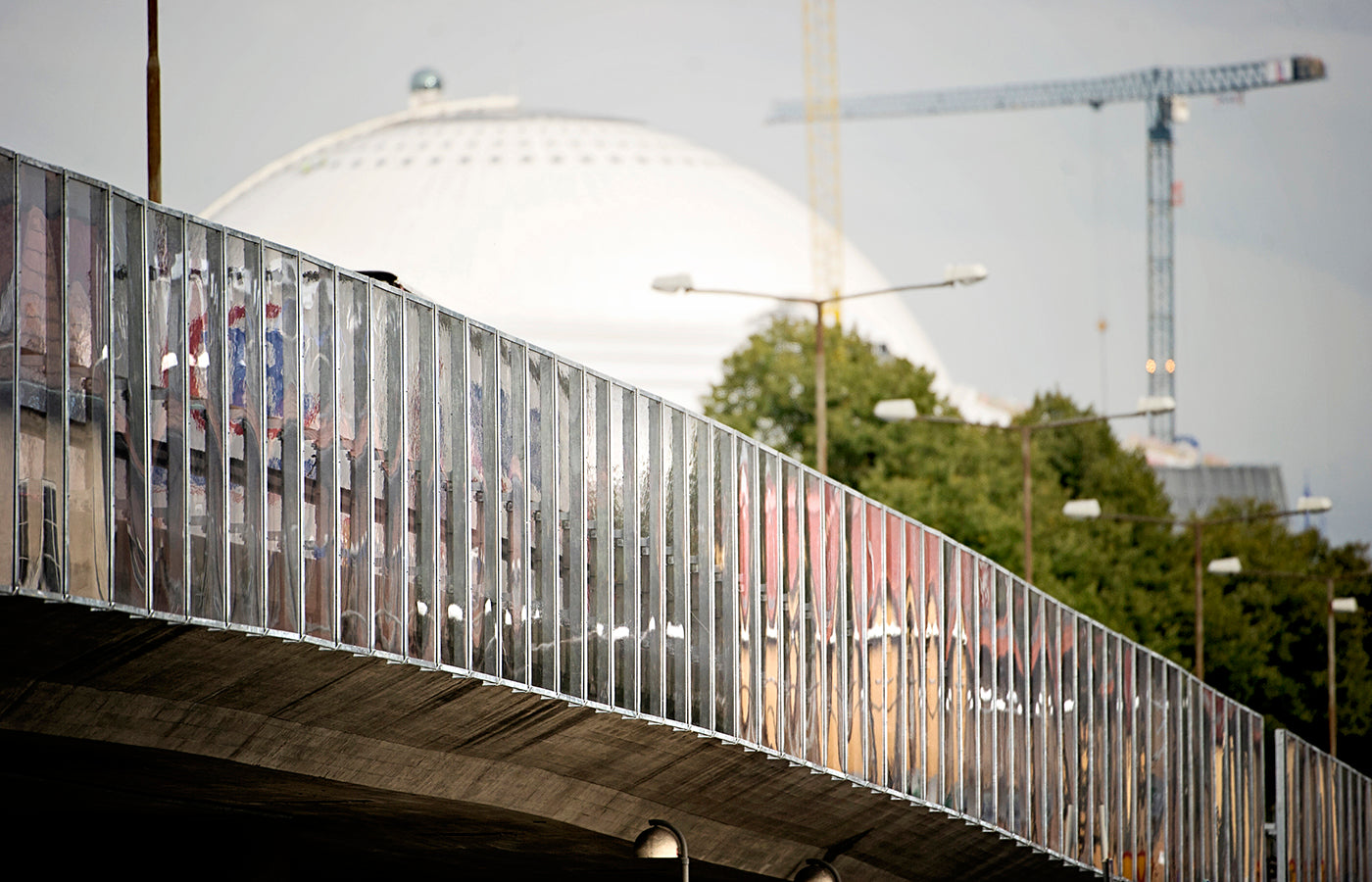
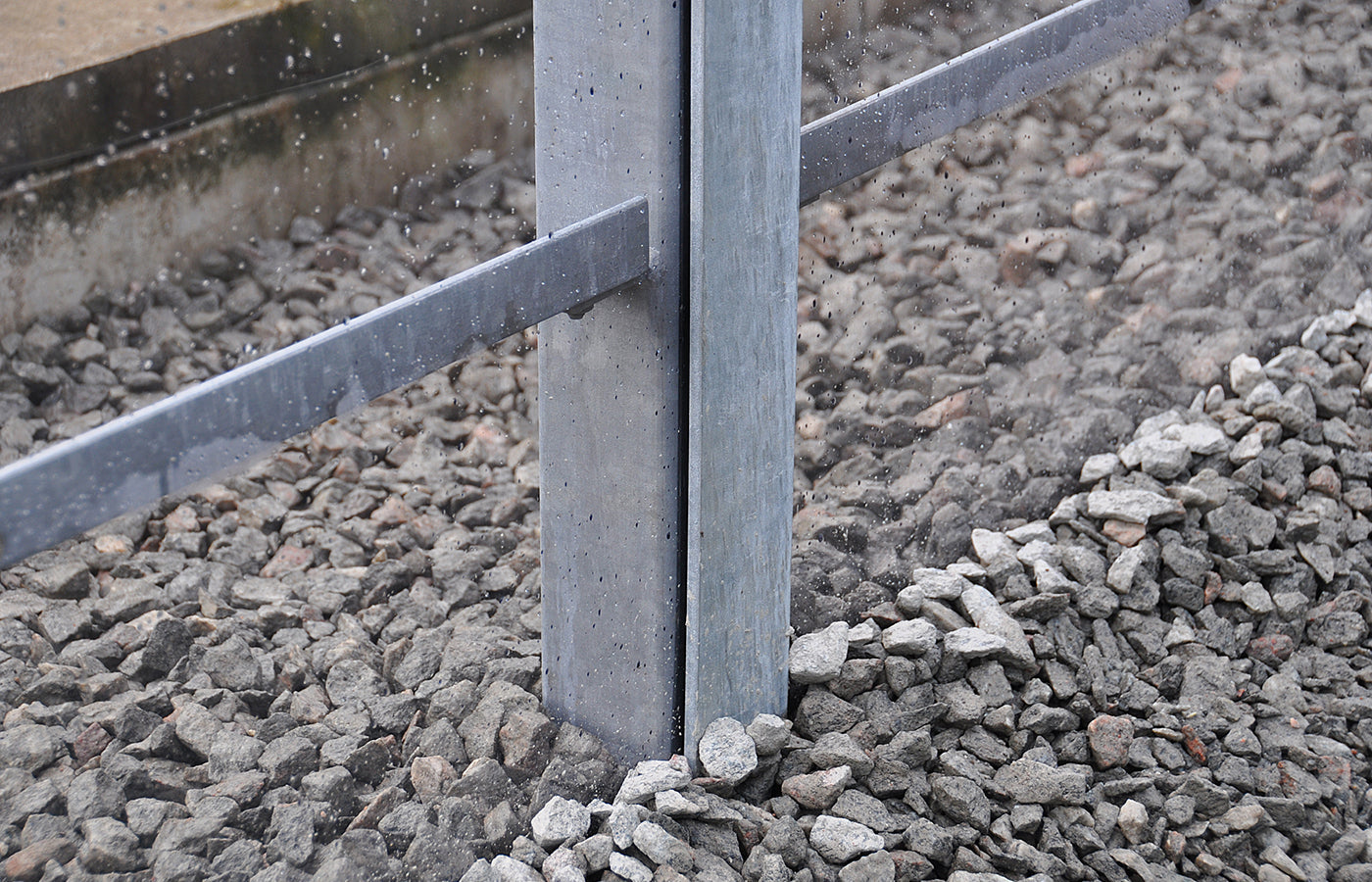
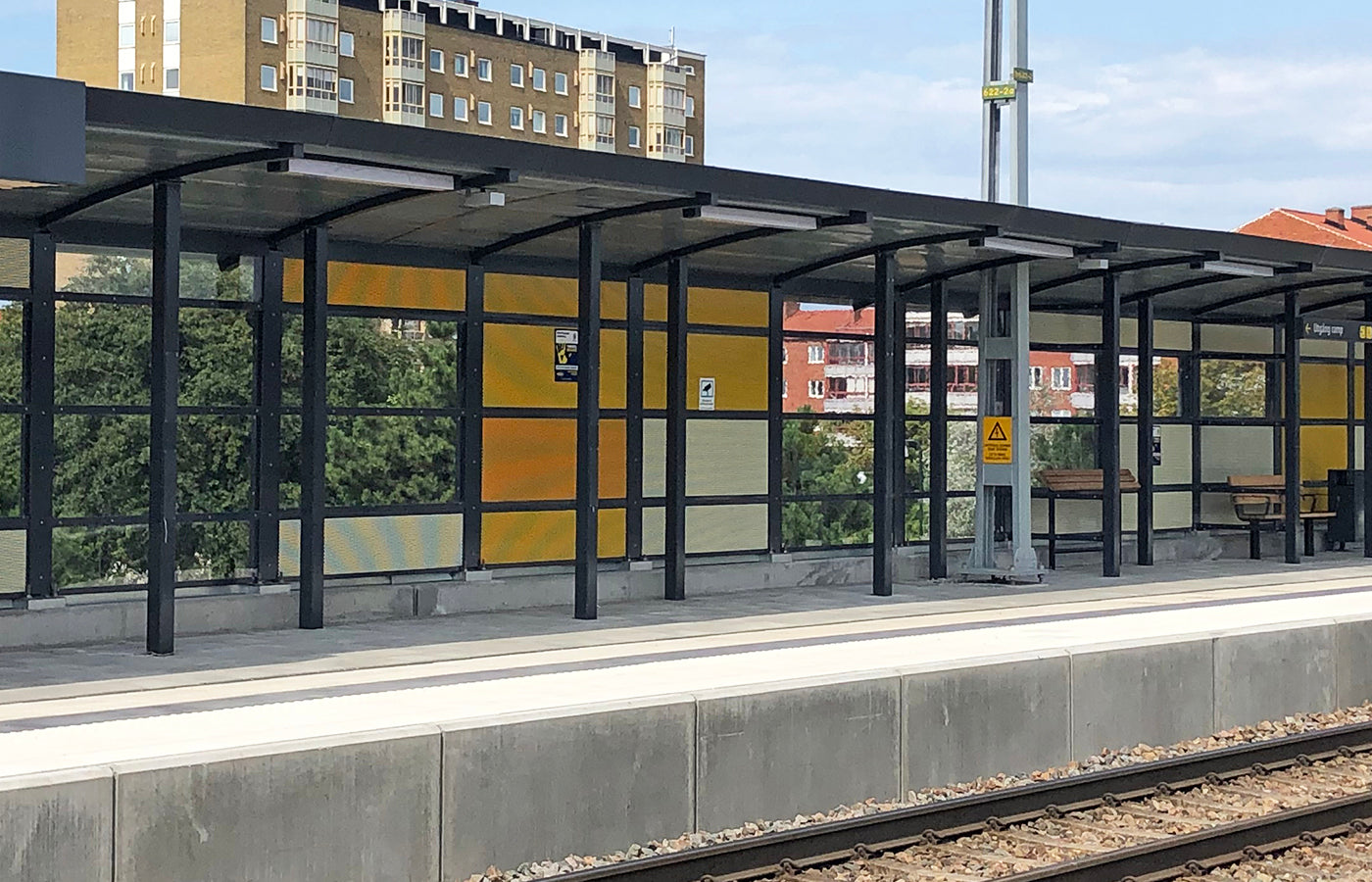

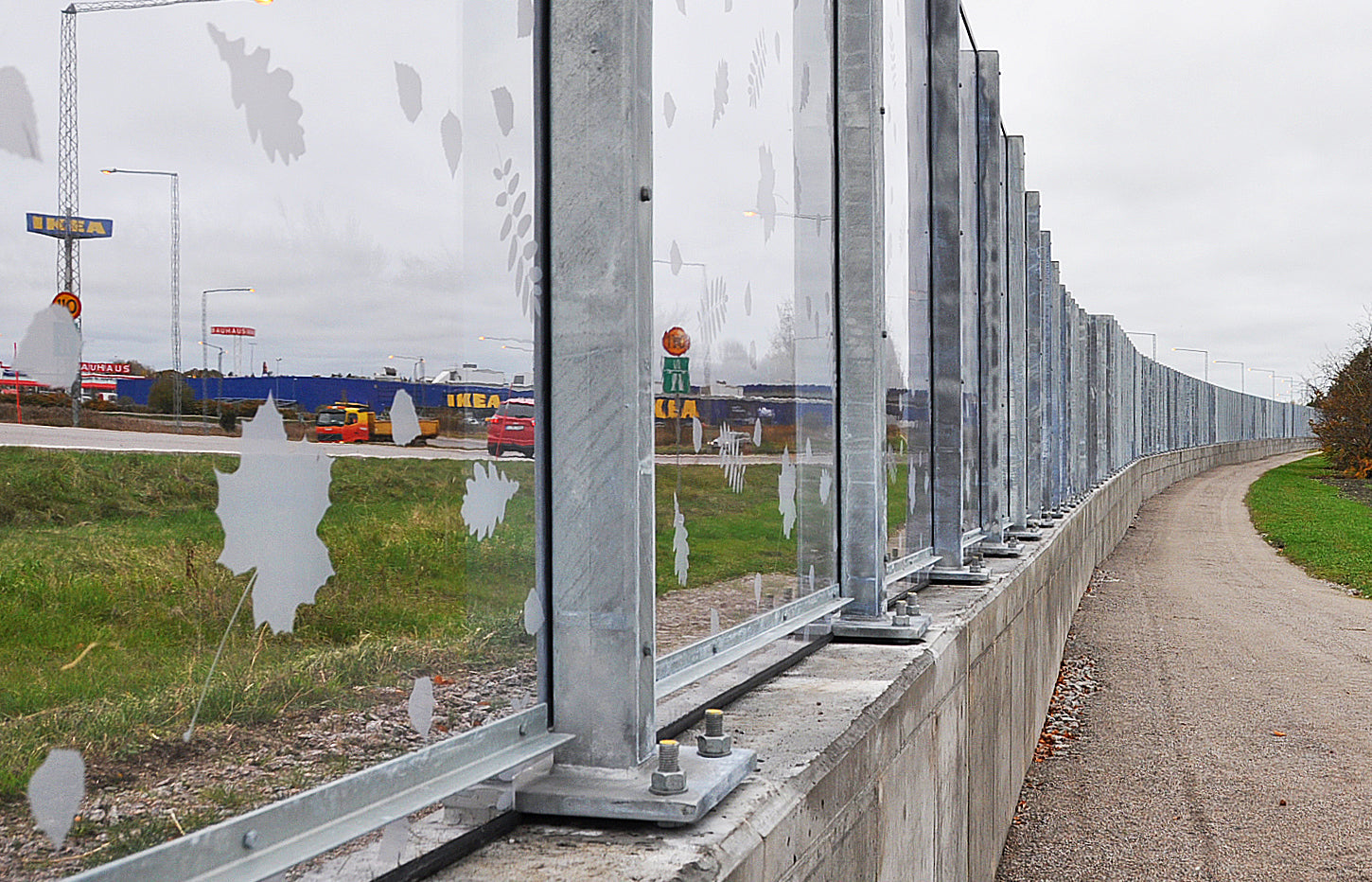
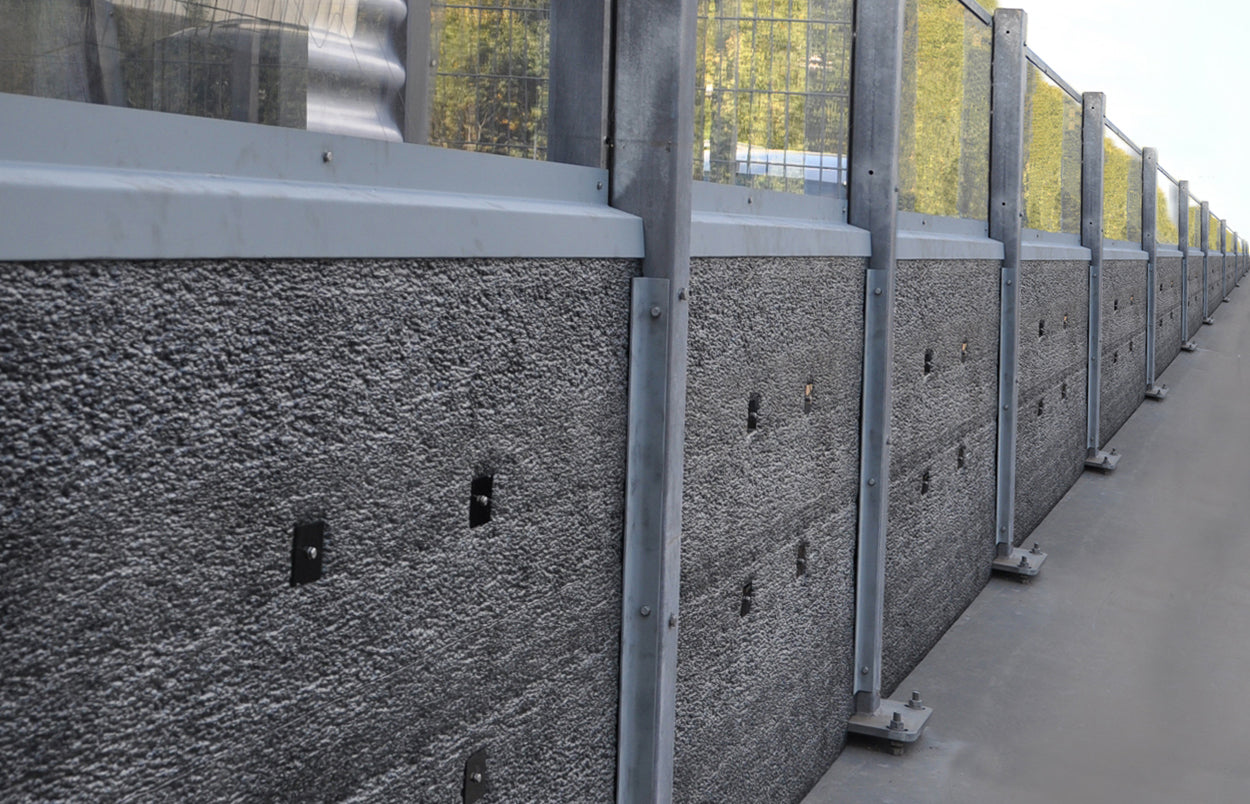
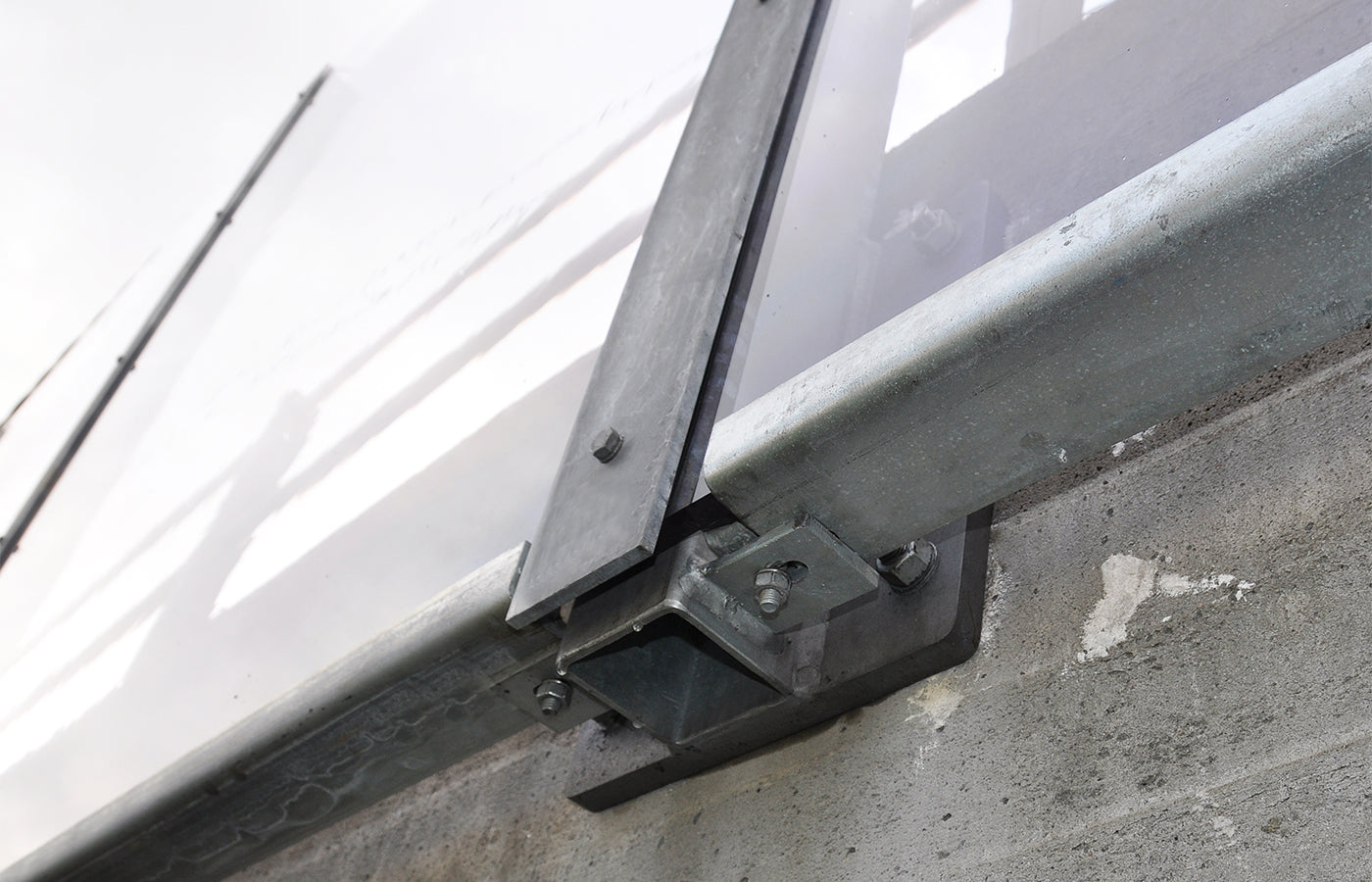
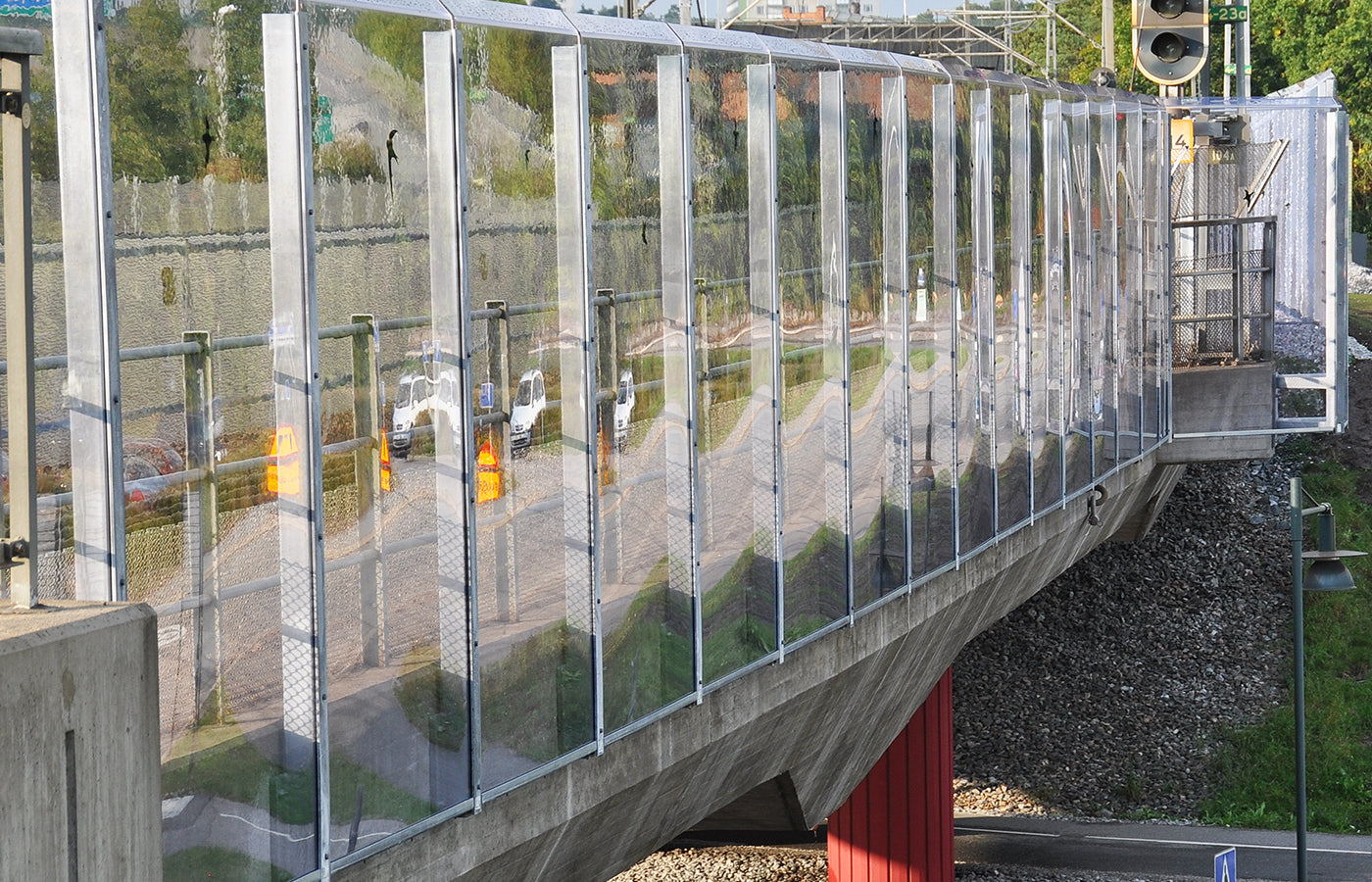
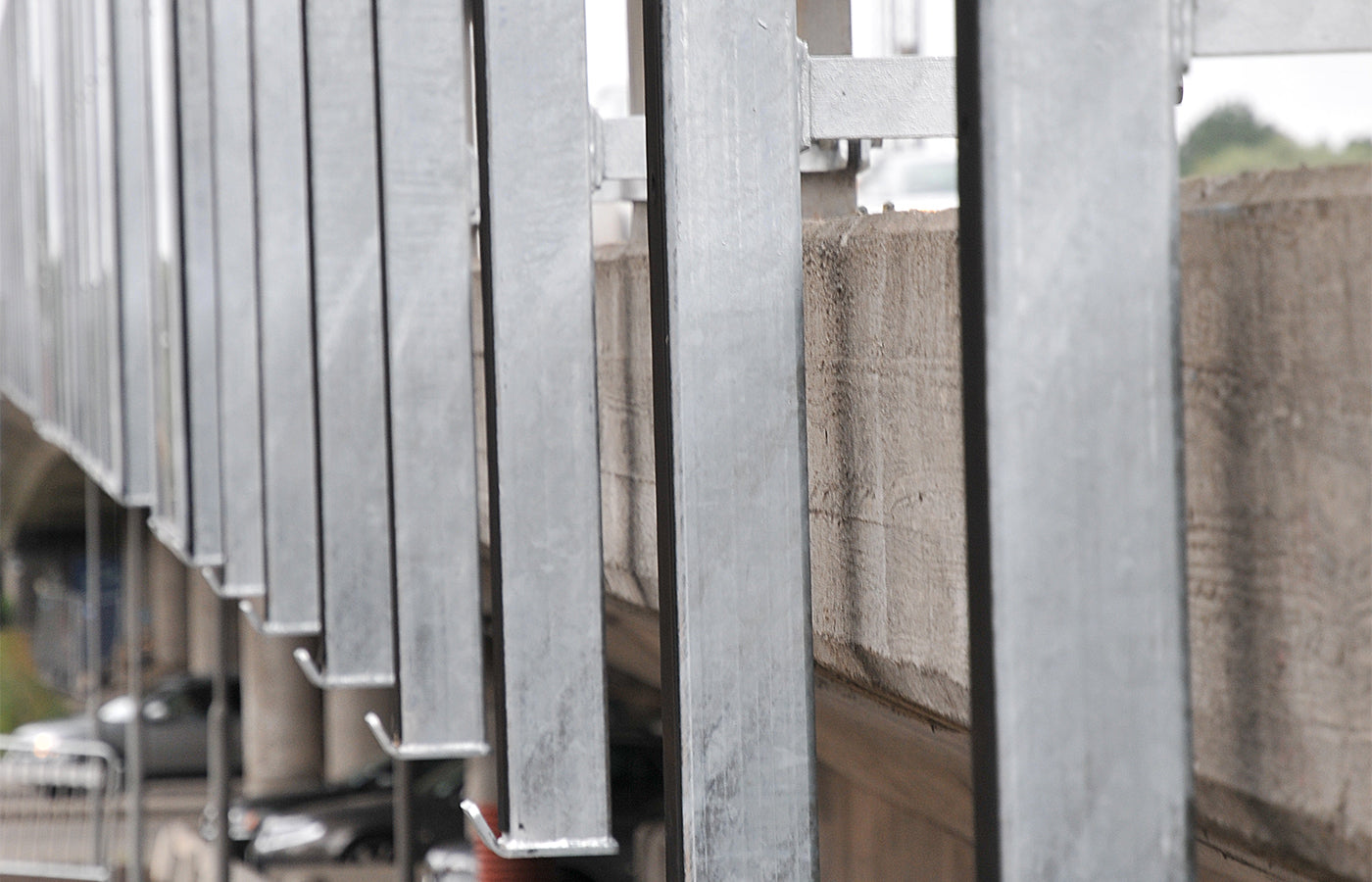
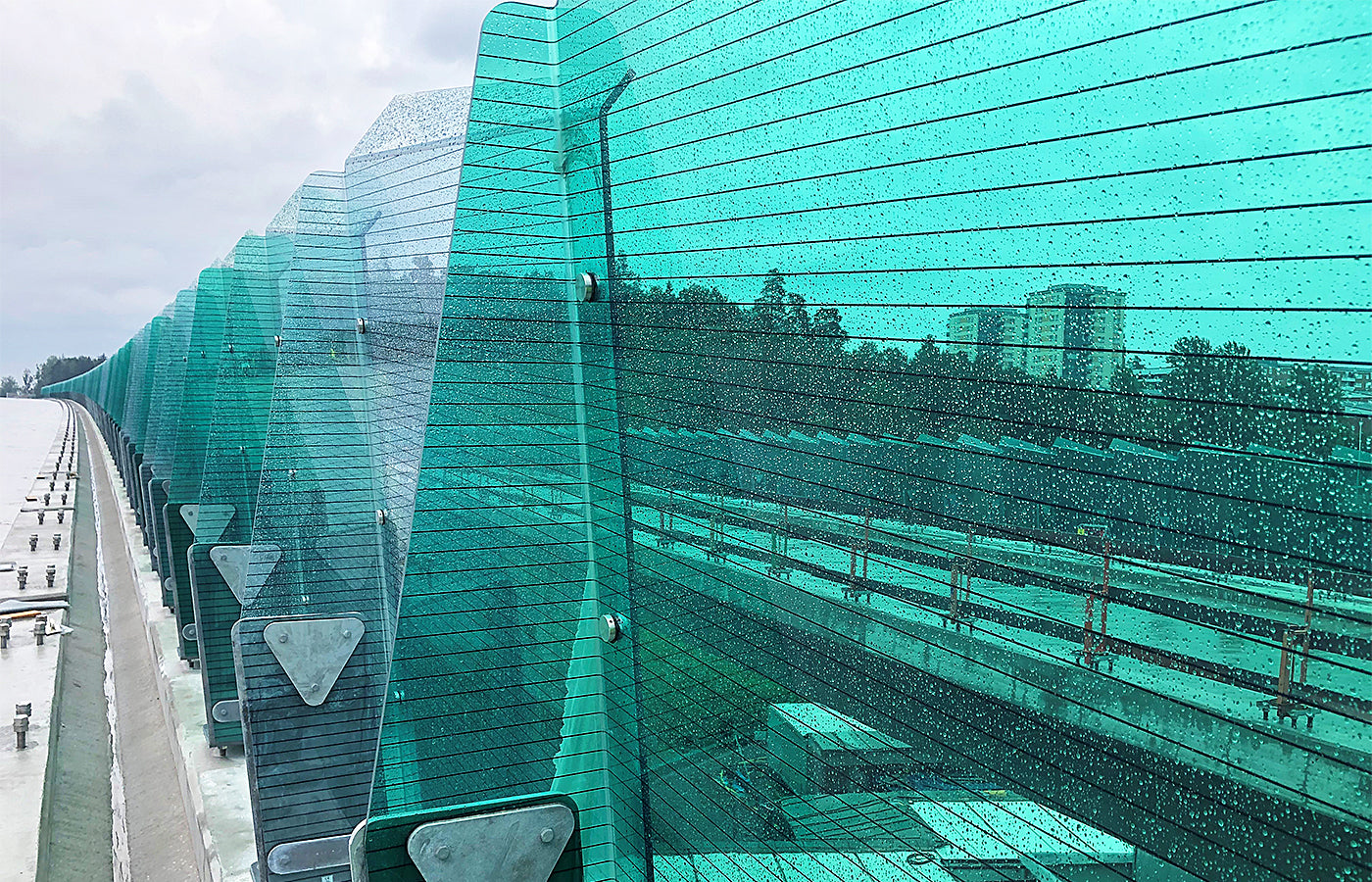
 Data sheet safety glass for bridges - Hammerglass BRIDGE-2
Data sheet safety glass for bridges - Hammerglass BRIDGE-2 
